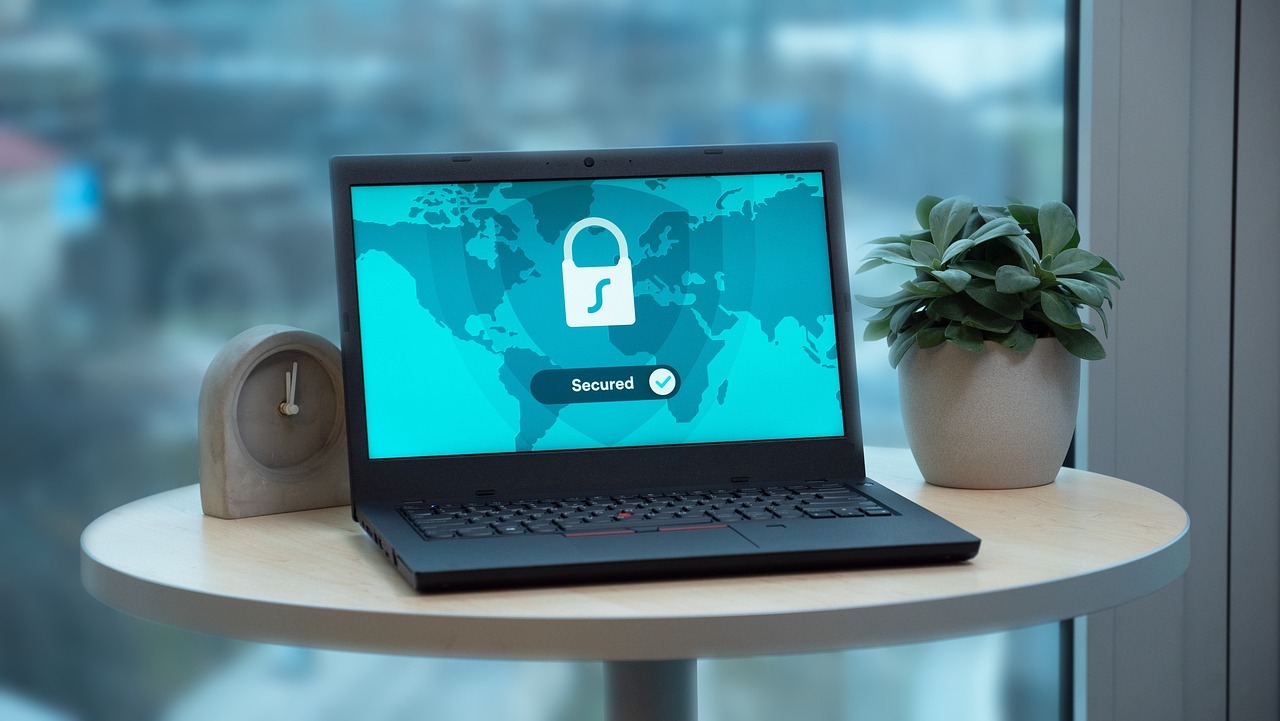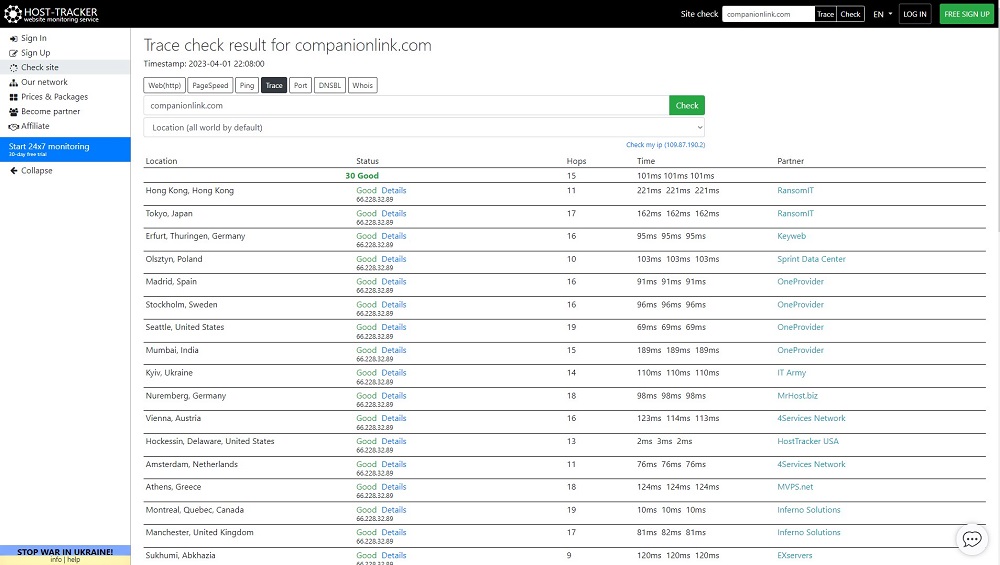To be a parent is to worry ceaselessly. Where are the kids? Are they safe? Have they been fed? What obstacles await them just around the corner? It can be so overwhelming that it makes it tough to know when action is unnecessary. Helicopter parenting doesn’t help kids in the long run, after all, so it’s entirely possible to go too far with the monitoring.

On the other hand, the internet poses a particularly nasty threat to young minds. Whether they’re being messaged by strangers or just happening upon content they’re too young to understand, kids can be significantly harmed through the use of the internet — and once you’ve let a child get hooked on unfettered internet access, it’s all but impossible to unring that bell.
Given this, a responsible parent should take action to keep their kids safe online, no matter how unpopular it temporarily makes them. But what exactly should they do, and how far should they take their monitoring? In this post, we’re going to run through some core tips for managing parental monitoring, explaining how you can get the balance right. Let’s get started.
What Shouldn’t You Worry About?
Before we get into parental monitoring, it’s worth running through the risks children face online with a focus on what you shouldn’t worry about. To avoid getting overly strict, you need to be aware of how negligible some risks are, and how necessary others may be to internet use overall. The following, for the most part, aren’t worthy of concern:
- Cookies and similar tracking systems. Though it’s true that cookies track various things about internet users, they do so anonymously, and at a scale that renders it almost pointless to worry about the data concerning an individual. It also bears noting that there are plenty of fair reasons to gather data online: an ecommerce store may use a web scraping API to gather price comparison data, for instance, while a guide site may use demographics data to steer its content pipeline towards more relevant posts. In short, then, you don’t need to worry about general large-scale data gathering.
- Multiplayer video games. Yes, multiplayer games and lobbies were once hotbeds of vitriol, but crackdowns from leading game developers have resulted in such areas being overly policed if anything. Provided the games are appropriate for your kids in general (nothing intensely violent for young children, for instance), you shouldn’t be overly concerned about them getting involved in multiplayer gaming. Also, keep in mind that humor is generational, so think twice before reacting badly to a meme.
- General chats with strangers. Are there predators out there? Absolutely, and you mustn’t forget that — but there are predators offline, too, and you can’t let them stop you from going outside. If you can keep them away from video chats (and keep them off sites like Omegle), you shouldn’t worry about your kids talking to strangers. In fact, if they’re in trusted community areas (particularly those for education), you should encourage them to engage and interact. It’ll help them develop into well-rounded adults.
With that noted, let’s get into the meat of the piece: some fundamental tips for monitoring your children online. If you can manage each of the following, you’ll be in a good position:
Educate Them About Online Safety
Education is key to keeping children safe online. Parents should teach their children about online safety, including the dangers of sharing personal information online and the importance of reporting any concerning behavior. The onus is on you to start them off with good habits, after all, and they won’t stick to those habits if they don’t know what they’re for.
How you should approach this will depend on how old your children are and what you’re allowing them to do online. If you’re letting them roam somewhat freely, you’ll need to arm them with the knowledge they need to make informed decisions. If you’re being very restrictive, you can be more minimal and primarily ask them to trust you.
The important thing here is to take the matter as seriously as you would any other matter of safety. Don’t be half-hearted in your requests. Explain that the internet is full of information that’s inconsistent or outright fraudulent, and that people can exploit the anonymity of the online world to lie about themselves. Tell them to be cautious and let you know when they’re not sure about something. If you can teach them skepticism, you’ll have achieved the most important feat.
Use Parental Control Software (But Carefully)
Parental control software can help parents monitor and restrict their children’s online activities, including internet browsing, social media use, and app downloading. Using such a tool will allow you to block access to inappropriate content and set time limits for device usage. There are many tools like this on the marketplace (examples including Net Nanny and Qustodio), so you can find one that meets your budget and fulfills your requirements.
There are two big things to consider, though. Firstly, this software is never flawless, and sites can slip through the cracks. This means that it’s always more effective to teach your kids why it’s important to stay away from certain sites than it is to prevent them from reaching them.
Secondly, it’s easy to go overboard with restrictions, and it doesn’t usually go well. If you push too hard and limit too extensively, your kids can end up feeling unfairly hamstrung, resulting in them going to great lengths to defy your controls. And unless you can be just as controlling of what their friends can access on their computers, phones or tablets, you won’t be able to stop them from finding the things they’re looking for — so be delicate.
Have Them Use a Public Computer
If you start your kids out with internet access through a computer in a public area (such as the living room or kitchen), it’ll be much easier for you to keep an eye on what they’re doing online. Knowing that you might be watching can also deter your kids from engaging in risky online behavior (viewing inappropriate content, for instance, or using sites like Omegle), and that can prove beneficial when they’re feeling particularly rebellious.
Be careful not to rely on direct oversight too much, though. You can’t always be around to watch over them, nor can you realistically prevent them from getting access to other internet-enabled devices sooner or later. Additionally, making it so strongly forbidden for them to visit certain sites will only make them more determined to do so, and they will eventually figure out how to. Due to this, you shouldn’t try to use this tactic for years to come. Instead, use it as a starting point.
Monitor Their Social Media Accounts
Do you need to interfere with your kids’ social media accounts? Delete posts, unfollow people, report content? Not necessarily — but you should be keeping an eye on them. Your job here is to ensure that their activity is appropriate: that they’re engaging with unthreatening people, watching videos justifiably aimed at them, and staying away from dangerous groups.
If you do find something worrying on one of your kids’ accounts, your first step should be to discuss it with them. If you find adult content, for instance, ask them about the context. Did they look for it? Did one of their friends link them to it? What do they think it means? Their reaction to it will tell you everything. If they’re simply curious but confused, you can delicately field their questions. If they’re blasé way beyond their years, of course, that’s a major red flag.
Be Supportive, Not Critical
Keeping communication open is essential to effective parental monitoring. Your kids should feel comfortable approaching you with any concerns or questions they have about their online activities. Growing up is difficult, and the internet — like it or not — has become an integral part of that process. If you try too hard and get mad with them too often, they’ll start to resent you for it, and it’ll only push them away from you.
So, there you have it: some key tips for monitoring your children online. If you feel guilty while watching over them, remember two things: firstly, it’s your job to protect them, however they may feel about it right now. Secondly, every parent feels guilt for the things they do and the things they don’t do. What’s important is that you do your best — and the best thing you can do is keep your kids safe online.

















